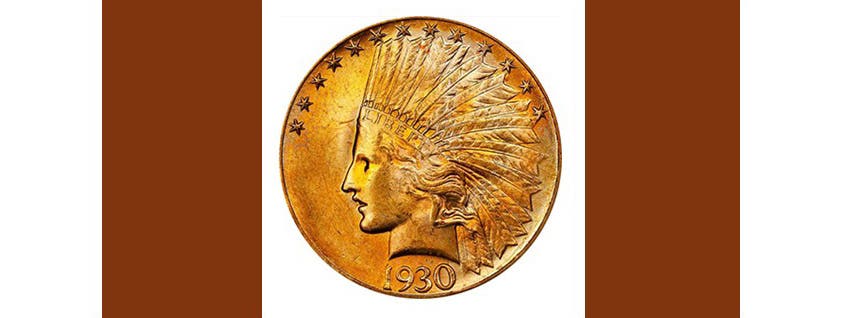Israeli Archaeologists Unearth History with Remarkable Coin Hoard Find
Excavations in the ancient Israeli city of Lod revealed the remains of a destroyed building central to community life and a cache of money lost to time hidden beneath the floor.
According to archaeologists, the Gallus Revolt (351-354 CE) was the last stand of the Jewish people of Lod against the Romans. On June 16, 2024, the Israel Antiquities Authority announced the recent archaeological discovery of a bronze and silver coins hoard in the ancient city of Lod that is very likely related to the revolt. The coins were found under the ruins of an ancient Jewish public building dating to the Late Roman/Early Byzantine period. The coins, dated 221-354, were most likely buried deliberately—their owner hoping to retrieve them once the situation calmed down.
Archaeologists actually discovered hundreds of coins during the excavation. However, according to archaeologist Mor Viezel, this specific cache of 94 coins, found together, was dated from the time of the Gallus Revolt or just before, and a substantial number of them “hadn’t been used very much.” She suggested they had been newly minted and then set aside, most likely as an emergency reserve.
While there is little written evidence about the Gallus Revolt, there are some texts (three Roman historians who wrote a few lines, and some writings by the Jewish sages of the post-Second Temple era) that reported that the principal Jewish communities of Lod, Zipori, and Tiberias were destroyed by the forces of the Roman emperor, Flavius Constantinus Gallus. The Jewish population in the area of Judea rebelled against Roman rule, primarily due to oppressive taxation, religious persecution, and cultural suppression.
“According to the Roman historians, Roman forces came to Tiberias, Sepphoris, and Lod and destroyed buildings down to their foundations. And this is the building we found in Lod, with this treasure of 94 coins buried underground,” Viezel said. The structure's size, the artifacts found in it, such as stone and marble pieces bearing inscriptions in Greek, Latin, and Hebrew, and the large coin stash all point to the building's significance as a center of life in ancient Lod.
It may have served as a meeting hall, community hall, or synagogue. According to Professor Joshua Swartz, head of the Israel Antiquities Authority council, all factors indicate the building’s significance as a community hub in the ancient city. Additionally, Talmudic writings state that Lod itself was a most significant Jewish center in the aftermath of the Second Temple’s destruction in Jerusalem.
The site's excavators, Shahar Krispin and Mor Weiss of the Israel Antiquities Authority, described the structure as a "magnificent Jewish building that housed the city’s elders. From Talmudic writings we know that Lod was a most significant Jewish center in the aftermath of the Second Temple’s destruction in Jerusalem. This building, destroyed down to its very foundation, is a clear indication that the revolt was forcefully put down with violence and cruelty, and was not simply a local uprising event, as some earlier studies contended. This is the singular witness, thus far, to the extent and power of this revolt in Lod, located in the country’s center.”
The discovery of bronze and silver coins in Lod provides some understanding of the economic and social dynamics during this tumultuous period. These coins, likely minted during Roman and Byzantine rule, offer insights into economic activities that sustained the city amidst political upheaval. The presence of coins recovered from the site suggests that despite the unrest, economic life in Lod probably continued, although it suffered significant disruption during the rebellion and subsequent Roman responses.
Regardless of the lack of abundant and detailed historical records, this discovery sheds light on a little-known chapter in ancient Jewish history. More information about the Lod coin hoard and other recent archaeological finds will be presented at the annual Central Israel Region Archaeological Conference, which will be held on Thursday, June 20, 2024, at the Eretz Yisrael Museum in Tel Aviv. The conference, which is free and open to the public, is hosted by Tel Aviv University, Bar Ilan University, and the Israel Antiquities Authority.
You may also like:
Kele Johnson is the Editor of Kovels Antique Trader magazine and the Digital Content Editor of Active Interest Media's Collectibles Group. Her captivation with collectibles began at a young age while dusting her mother’s McCoy pottery collection. She admits to a fondness for mid-century ceramics, uranium glass, and ancient coin hoards. Kele has a degree in archaeology and has been researching, writing, and editing in the collectibles field for many years. Reach her at kelejohnson@aimmedia.com.








